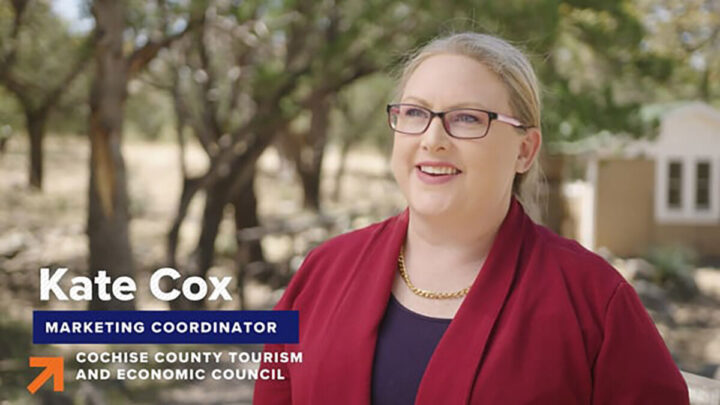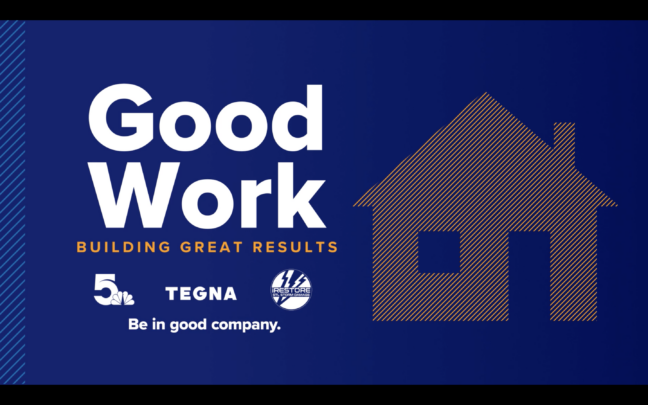3 Keys to Growing Enrollment for Education Providers
We’ve highlighted the best ways for the education industry to grow enrollment amid the ongoing COVID-19 pandemic.

It should come as no surprise that the pandemic is propelling education into the digital age and reshaping its landscape. The need to communicate what the “new normal” for students will be, and how you provide an incredible education is critically important. Messages will have to be delivered thoughtfully, creatively, and to the right audience of prospective students and parents.
In this reimagined COVID-19 reality, what are the best messages to communicate to prospective students, and how should they be delivered? Here’s what you need to know.
1. Student and Parent Needs are Changing
The coronavirus affects the entire education ecosystem — students, parents, educators, providers. Anxiety is high, and it’s showing. As schools discuss reopening, TEGNA insights have found that 66% of parents are anxious about sending their children to school this fall because of COVID-19. On top of that:
- – 30% of students feel COVID-19 has a strong or extremely strong impact on their ability to afford school.
- – Only 23% of students are confident they can get a quality education through remote classes. If institutions have to shift to remote learning in the fall, students will find better options.
- – 32% will look for schools with better online capabilities
- – 29% will look for lower cost of attendance
- – 25% will look for greater job-placement resources
But it’s not all bad news. Nearly half of students who are no longer planning to enroll in a full-time bachelor’s degree are still planning to attend a two-year program.
2. A Media Strategy is a Must-Have
A Pew Research Center study released in April 2020 shows that 89% of US adults said they are following news about the outbreak of coronavirus closely. With so many Americans consuming the news and streaming media every single day, your media strategy needs to be alive and well.
TV Broadcast with TEGNA to Extend Reach
A Pew Research Center study released in April shows that 89% of US adults said they are following news about the outbreak of coronavirus closely, so be sure your media strategy is alive and well. With so many Americans consuming the news and streaming media every single day, ratings are high and costs are more affordable, leading to incredible efficiencies (CPM), and higher SOV.
These broadcast opportunities will allow you to extend reach, scale, and connect with potential students to generate their lowest CPA (Cost Per Application or Cost Per Acquisition). Better yet, broadcast allows for Lifestyle Show integration or taped long-form segments to an educational institution to showcase, for example, their virtual student experience, benefits of their institution, student success stories, and the unique offer they can bring potential students in immediately.
Local Broadcast Websites & Apps to Extend Reach
Many education providers can also reach consumers engaging with TEGNA’s website, station apps, and other education-related content on these sites. Local TEGNA stations reach an average of 35 million digitally each month, and ads placed here come in a variety of forms including display ads, pre-roll digital video, and act as the perfect digital complement to TV ad campaigns. These ads can be used to highlight key dates and events to draw students in. Click here to learn more.
Streaming to Drive Awareness
Advertising via Over-the-Top streaming also presents a significant opportunity to extend the reach of a broadcast campaign and target those in the market for education, have a high school education, have some college education, are between ages 18 to 24.
Digital Display (Extended Reach Network) to Reinforce Messaging
Digital Display ads present unique opportunities to reach people as they are within a proximity of relevant locations like high schools, local events (high school sporting events or tournaments, festivals, concerts). Educators also can also target people that have search for college or continuing education information, and can engage with consumers are they are currently on college or education-related content.
3. Adapting to the New Climate
As behaviors change in this new COVID-era landscape, there are three questions brands must ask themselves when thinking about running new ad campaigns.
- How have you adjusted your creative messaging and value statements to connect with prospective students? Education institutions need to lead with an AGGRESSIVE offer/incentives and finance options to conquest new students. Success has been seen with waiving application fees, not requiring ACT or SAT scores, loaner laptops, free WIFI, mobile-friendly college-level courses, in-state tuition for out-of-state students, deferred payments, flexible enrollment and application deadlines, and scholarships.
- How is your admission department showcasing your virtual campus life to prospective students? Admission offices have a huge challenge with limited ability to showcase campus life. Successful workarounds include virtual campus tours, online advisor meetings, creating virtual campus communities, and using social media to showcase campus life with contests, watch parties, and trivia.
- What strategies are you currently implementing to gain market share and increase your geographic footprint? Most universities with online master’s degree programs have always had a large geographic target, which can be done 100% virtually. During COVID-19, these universities have expanded their geographic target to gain market share and capitalize on current business conditions, for example, unemployment, work from home, and career advancement.









